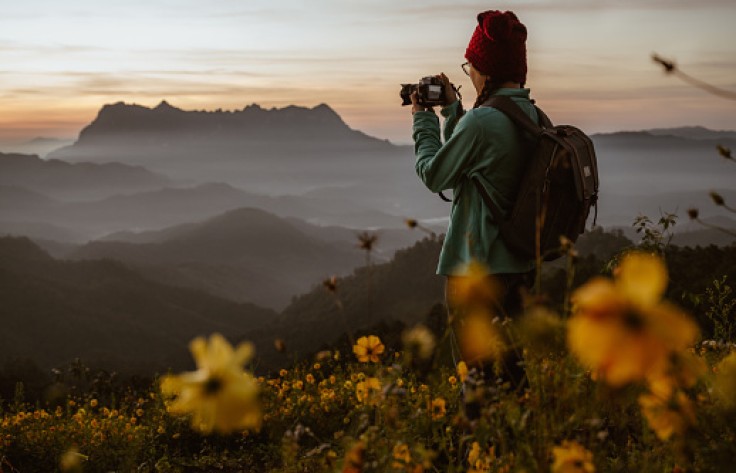Photography is an art that a lot of people are interested in, but it takes a good eye and certain knowledge to capture images that would amaze those who see them. In terms of landscape photography, there are a few tips and tricks to make your photos stand out, and here are some of them.

Timing
Lighting plays an important part in photography, especially since it determines how well the details are seen and how the hues make all the elements appear. Since landscapes include the sky often, you need to snap the photo during the best hours when the sky shows vibrant colors. For instance, sunsets are known for red and orange hues that blend well together.
Rule of Thirds
In the world of photography, there's this thing called the "rule of thirds," which refers to the 3x3 grid that divides the frame. To lead to a more compelling photo, you can line up the subjects of your photo to the intersecting lines on the grid. For example, you may want to position the subject on the left or right third of the image, allowing viewers to appreciate the scene more.
Identify Leading Lines
Now that we have tackled the rule of thirds, you should identify which elements you should line up with the grid. With landscapes, you will usually find platforms that can help make the photo look level. Minding the lines on the grid, you may use bases such as the horizon of the beach and line it up on the lower third of the shot.
Foreground Elements
Since photos tell stories without words, you should make sure that it won't be limited to the place but what you can find in it as well. There are defining elements to your landscape that you can add, such as a small bug on a branch as you capture an image of the forest. This adds context to your landscape which people will surely appreciate.
Use a Tripod
A tripod can be very useful especially if you have shaky hands, or if you intend to capture several photos from the same position without moving an inch. Tripods are usually used by photographers who snap images at slow shutter speeds or long exposures, which usually result in mesmerizing outcomes.
Take Advantage of Camera Features
Depending on the kind of camera you're using, they usually come with features to help capture scenes that usually need a bit more than the standard shutter. Slow shutter speeds, for instance, can help you capture star trails or flowing waters. Long-exposure images can show the path of moving lights in the background like cars in traffic.
Play With the Aperture
The aperture is the opening in the lens that can be adjusted to determine the amount of light that enters the camera. If you set a wide aperture, only portions of the photo will appear cle ar, which adds more focus to the subject. However, landscapes are mostly about seeing the bug picture, so you might want to experiment more with a narrow aperture for a deeper depth of field.









